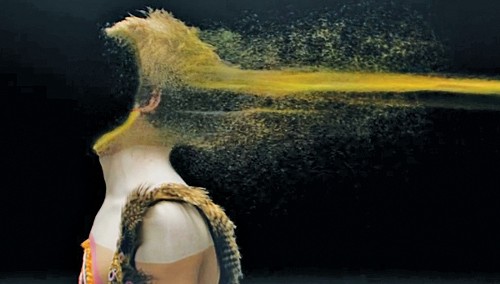It has become a bit of film lore at this point: Slamdance was born out of rejection, when four filmmakers were denied access to the illustrious Sundance and began their own festival out of spite. That was in 1995, at the beginning of a mini “dance” wave that came to include Nodance, Digidance and even Fat Chance at Sundance. While many of those other festivals have long since gone dark, Slamdance is still lighting up screens.
In the beginning, during Slamdance’s rather anarchic early years, it received fewer than 50 submissions and enticed people into screenings by handing out delicious, free PBR. Now, statistically, it can be more difficult to get a film into Slamdance than Sundance: Both festivals annually receive more than 5,000 submissions, but the former has far fewer venues for screenings.
That little statistical oddity, however, is not what’s significant to Peter Baxter, one of the original Slamdance contrarians. No, after all these years, what’s kept the festival vital is that it has always remained accessible to truly unknown, independent filmmakers.
“I think that by having Slamdance and Sundance side by side, it really does make for a grander American film experience,” Baxter says. “But if you want to see what I would call a true representation of independent filmmaking and the promise of the underground filmmakers coming through, which is really one of the most exciting areas of independent film, Slamdance has definitely established itself to represent that showcase.”
Take, for instance, the case of Andrew Huang. Sure, it’s more common knowledge that the likes of Christopher Nolan, Jared Hess and Lena Dunham got their start at Slamdance, but Huang’s story truly exemplifies what Baxter feels is the crucial role his festival plays in the industry.
“Andrew Huang’s Solipsist was an experimental film by a new filmmaker, someone who was trying to get their work seen and finding it difficult to do so,” Baxter says. “We programmed his short film [in 2012], it won the Best Experimental Film Award and it got really good media attention. Andrew had great talent, but what he needed was a good shove from the community that Slamdance was able to provide.
“Björk saw the film and recognized what we all knew and asked him to make a new music video [“Mutual Core”], to great acclaim. Now, Andrew Huang is a very busy filmmaker year-round.”
That extra push from the community is exponentially more significant, because in many ways the Internet has become the great leveling field of the film world—anybody can upload work and get it seen by thousands of viewers, or even millions if they’re lucky enough to kick off a digital virus. In reality, the fact that simply everyone can create a personal video channel makes the available online film material into a mediocre mass that’s practically impossible to wade through.
That’s precisely where Slamdance’s curatorial discernment can make a huge difference. Most people pay attention to the big hits that come out of this little fest—and admittedly, it’s hard to ignore box-office successes like Paranormal Activity—but if you dig deeper, you find those smaller film successes that have really kept it alive, vibrant and respected. Stories like Huang’s happen every year—not just with features, shorts and documentaries, but filmmakers willing to expand the boundaries of their field. There might not be much glitz and glamour to that narrative arc, but it’s one that makes Baxter and company happy.
“I think that’s just one example of why Slamdance is relevant and why it’s increasingly important to independent filmmakers,” Baxter says. “What Sundance does is great, and it’s not a competition here.
It’s just important to continue to provide those opportunities for new filmmakers to get their work in front of the press and industry members who can possibly finance their works. I think Slamdance is a key part of that.”
Longevity alone proves that it clearly is. As the two film festivals continue to engage in their snowy creative waltz—which began nearly 20 years ago a little off-step and out-of-synch—Slamdance can rest assured that it now moves to its own distinct rhythm, having grown from a reactionary relationship to more of a creatively symbiotic one.
SLAMDANCE
Treasure Mountain Inn
255 Main, Park City
322-466-1786
Jan. 18-24
$125-$325
More by Jacob Stringer
-
Slamdance 2014
After two decades, Slamdance is experienced in turning failure into fortune
- Jan 16, 2014
-
2013 Utah Beer Festival by The City Weekly Store
- Aug 20, 2013
-
Twilight Concert Series (7.18.13)
- Jul 24, 2013
- More »



